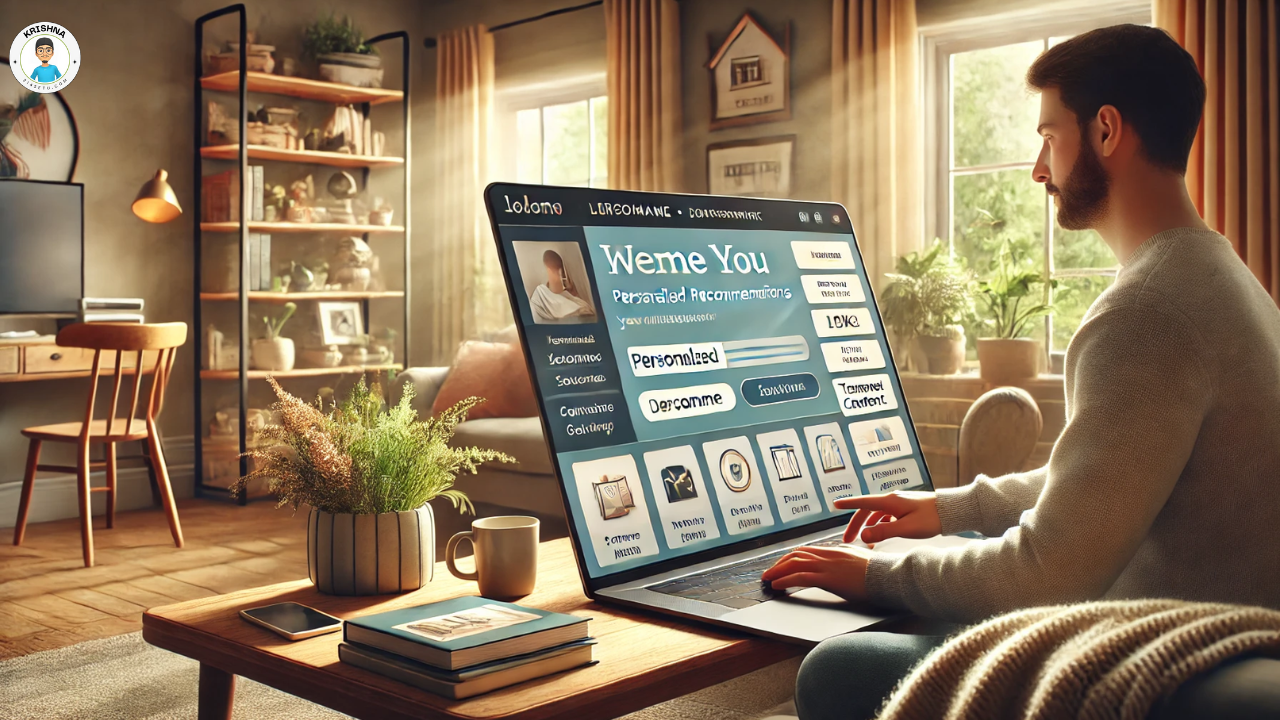
Have you ever noticed how some websites seem to know exactly what you want? That’s the magic of dynamic content personalization. It customizes the online experience just for you based on your behavior, preferences, and past interactions. Let’s talk about why dynamic content personalization is awesome and how it can help your business.
What is Dynamic Content Personalization?
- Definition:
- It’s all about customizing the content on your website or marketing materials in real-time to suit each visitor.
- Example: Showing different product recommendations on an online store based on what a user has looked at before.
- How It Works:
- It uses data like user behavior, location, and past purchases to show relevant content.
- Example: An online clothing store might show winter coats to users in colder areas and t-shirts to those in warmer areas.
Benefits of Dynamic Content Personalization
- Better User Experience
- Users see content that’s relevant to them, making their experience more enjoyable.
- Example: Netflix’s personalized movie recommendations keep users watching more.
- More Engagement
- When content is relevant, users are more likely to interact with it.
- Example: Personalized emails with product suggestions based on past purchases get more clicks.
- Higher Conversion Rates
- Tailored content can guide users to buy more effectively.
- Example: An online store showing personalized product recommendations can increase sales.
- Greater Customer Loyalty
- Personalization helps build stronger relationships with customers.
- Example: Amazon’s personalized shopping experience keeps customers coming back.
- Better Marketing ROI
- Personalized campaigns are more effective, giving you more bang for your buck.
- Example: Targeted social media ads based on user interests yield higher returns.
- Useful Insights
- Personalization tools provide data on what users like, helping you make better decisions.
- Example: Seeing which personalized content works best can guide your future marketing efforts.
How to Implement Dynamic Content Personalization
- Collect Data
- Gather information from website analytics, customer feedback, and purchase history.
- Tip: Use tools like Google Analytics to track user behavior.
- Segment Your Audience
- Group your audience based on common traits.
- Example: Group users by location, age, or interests.
- Create Personalized Content
- Develop content that fits each segment’s needs.
- Tip: Use dynamic content tools to automate this process.
- Test and Improve
- Continuously test different personalized content to see what works best.
- Example: A/B test personalized emails to find the most effective ones.
- Use the Right Tools
- Utilize personalization platforms like HubSpot or Optimizely.
- Tip: Choose a tool that fits well with your existing systems.
Real-World Examples
- Spotify:
- Spotify’s personalized playlists, like Discover Weekly, keep users engaged by recommending new music based on their listening habits.
- Sephora:
- Sephora’s website offers personalized beauty recommendations, making the shopping experience more enjoyable.
- Netflix:
- Netflix’s personalized recommendations help users discover new shows and movies, increasing viewing time.
Conclusion
Dynamic content personalization is a game-changer for businesses. It makes the user experience better, increases engagement, boosts sales, and improves customer loyalty. Start using these strategies today and see your business grow!214setu

